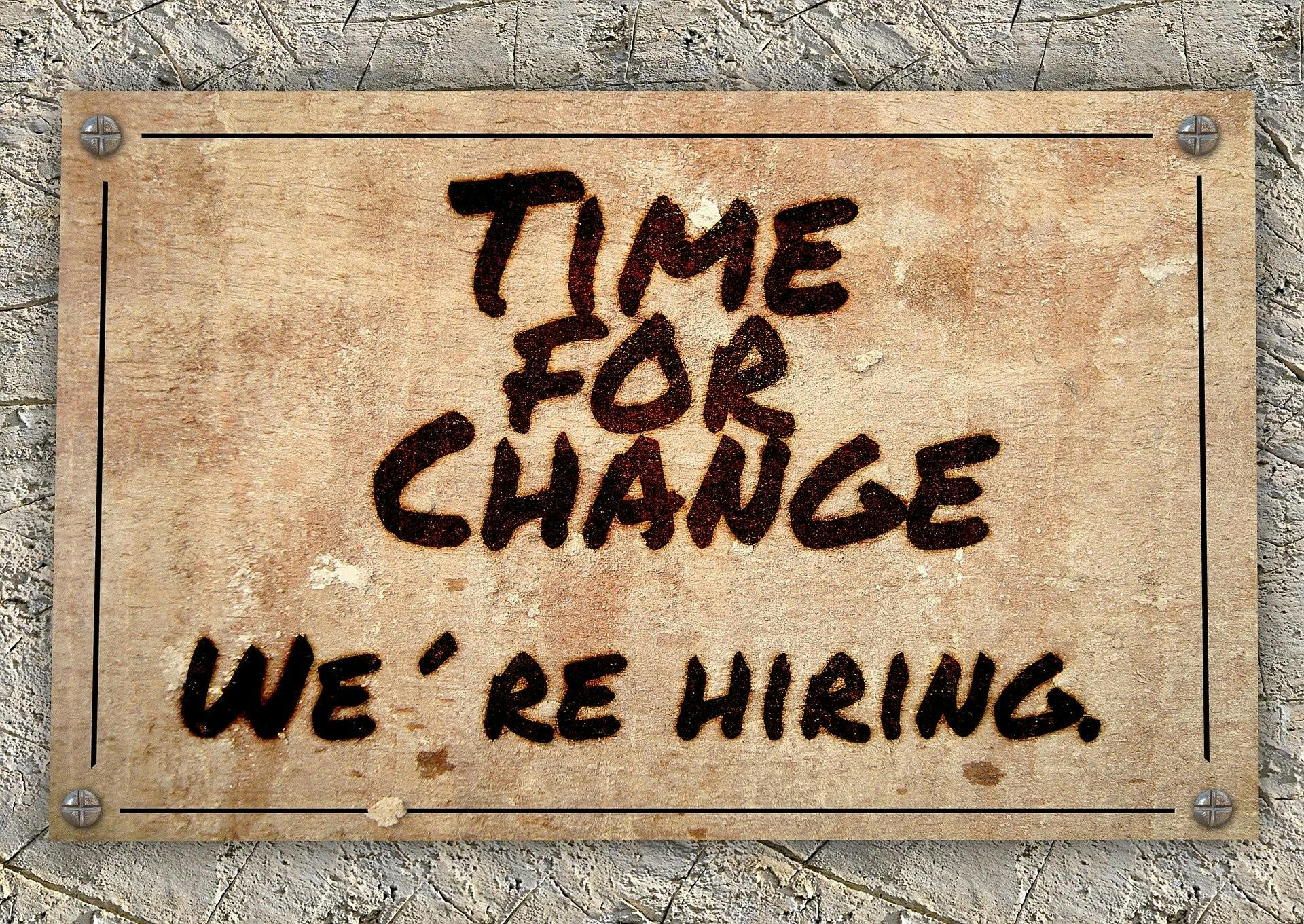2020, a year that has changed our world for better and for worse, both personally and professionally. The topic of the LinkedIn feature of “open to work” is now being gossiped within the recruiting world. After all, the stereotype that the first wave of layoffs is the B and C candidates and the A candidates are never the first to go. However, 2020 is like nothing we have seen before. So why would they not want to chat with people who are “open to work,” even in September of 2020?
Historically, the first round of full-time employee layoffs is, in fact, the company’s fat after contractors are released. These are full-time employees who did not impact the sole purpose of a corporation, making revenue most cost-effectively. However, 2020 has not been historically correct.
- January, the first cough of COVID was detected in the US; US Leadership was briefed.
- February, US Congress members sold stock then disclosing the dangers of COVID to a select group.
- March, the country came to a screeching halt. The emails of “you can now work remotely” hit the inbox of millions. Shortly after, the supply chain became disrupted due to hoarding and county borders being shut down. Revenue froze for major corporations, lay off talks began behind closed doors.
- April and beyond resulted in a layoff after layoff for both contractors and full-time employees.
Did companies cut the fat when COVID first hit? Absolutely!
Some took advantage of how it would look to their shareholders during COVID vs. their company being impacted by the coming recession. Yes, if you look at the numbers, a recession was coming with or without COVID. It is also essential to remember layoffs cause stock prices to fall or rise, and the reason for the layoffs determines how the market will respond, so why wouldn’t a company take advantage? However, not all companies had the luxury to exploit the COVID situation and lay off A players.
In the first week of the lockdown, I received a job order from one of my clients. The second week there was an offer out for a candidate. Doing the standard reference check, I asked the routine questions, would you re-hire the person, why are they leaving, etc. The owner of the company told me if the budget were there, he would have never let the candidate go. He explained that it was going to hurt the company by not having this professional there. That doesn’t sound like a C or B player reference, but you never know, it could have been a fluke.
As time went on, these types of references kept happening more and more for different candidates and different manager references. More time had passed, and I noticed Rockstar recruiters and top tech talent committing the ultimate sin; they were openly saying they were laid off and open to work. These were people I would 100% hire myself if I had an opening. Then the flood of “open to work” banners were plastered everywhere by everyone.
In April, it was clear to me that top talent (A players) made up close to 50% of available candidates. It was a horrific realization, and I knew recruiting was about to be a wild ride.
Whenever I am unsure of my viewpoint, I reach out to fellow recruiters. I started becoming more active in user groups to get other’s views on what was happening. I was once again horrified. Many of the still employed recruiters fell into the old belief that the first to go was the fat being cut and quote, “top talent is never open for work.” Thankfully, this was not the view of all. Companies like Hiretual took the extra step to help reduce the stigma of “open to work” by putting top talent in front of the right person so they could be hired, free of charge. A lot of that talent is now gainfully employed and positively impacting the company’s bottom line.
As COVID continues to ravage the economy, all recruiters must remember we carry our own bias, and a lot of times, it can cost us a hire. The stereotype “top talent is never open for work” needs to go out the door for 2020 and even 2021. Does that mean more work for the recruiter? Absolutely. Recruiters will have to make more phone calls with people they would traditionally avoid, i.e., long work gaps to find the A players. It is my true belief that by putting in a little more elbow grease and remembering to remove their bias, recruiters will find that the market is still about 50/50 when it comes to A-players vs. the C/B players. They indeed can find the perfect fit for their company, thus ensuring their job will be secure.
